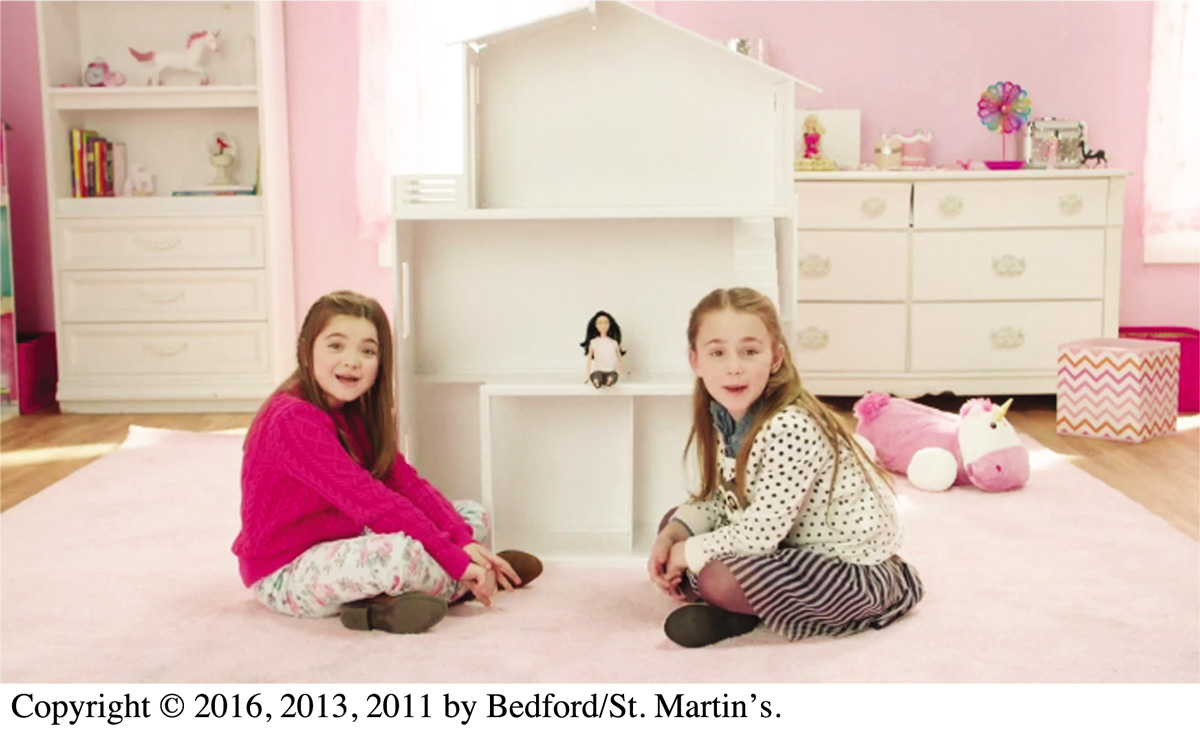CONVERGING MEDIA Case Study: Marketing, Social Media, and Epic Fails
CONVERGINGMEDIACase StudyMarketing, Social Media, and Epic Fails

In the fall of 2014, things were going well for the New England Patriots football team, not only on the field but also on social media; by November, the team was up to one million followers on Twitter. When it hit that number, the marketers running the team’s Twitter account tweeted a thank-you, which they asked their fans to RT (retweet). Fans who did that would see another tweet from the Patriots’ account, with a picture of their Twitter handle digitally printed on the back of a Patriots jersey. It seemed to go well until the team inadvertently posted a picture, visible to all one million of its followers, of a jersey with a blatantly offensive racial slur on the back. Many people complained, and the offensive tweet was deleted from the Patriots’ account—but not before the image was captured, leading to plenty of news coverage over the next few days.


 Visit LaunchPad to watch another Saturday Night Live ad that parodies reactions to advertisements. How might constructing an effective ad be especially difficult in today’s digital world?
Visit LaunchPad to watch another Saturday Night Live ad that parodies reactions to advertisements. How might constructing an effective ad be especially difficult in today’s digital world?
In addition to using the more traditional method of paid advertising to promote a product, brand, or person online, the holy grail of online marketing is the kind that receives massive and mostly free exposure by going viral?—that is, marketing that’s shared and reshared on social media, spreading across the Internet. Although a company might pay a great deal of money for a social media campaign, whether or not it will go viral on Twitter, Tumblr, and so on, is out of its hands. But if a piece of advertising catches on, it can be a very powerful way to spread a marketing message. Not only that, but sharing between friends on social media is the digital equivalent of a word-of-mouth recommendation—also highly prized by marketers. But this kind of accessibility can be a double-edged sword; just as social media can amplify a marketing message, it can also amplify a mistake.
Some social media catastrophes, like the situation with the Patriots, are the result of a group attempting to start something positive, only to see it backfire once control of the message switches to the public. Other cases can offer a chance for social commentary. For example, in the spring of 2014, the New York Police Department’s Twitter page, @NYPDnews, asked users to tweet photos of members of the public interacting with NYPD officers. Clearly, the department was hoping for positive pictures. What they also got were a number of pictures showing what looked like police abusing their power—and members of the public. For example, one tweet showed a picture of an officer kneeling on the neck and upper torso of a man lying on the ground, accompanied by the words: “You might not have known this, but the NYPD can help you with the kink in your neck. #myNYPD.”
Other social media disasters are simply mistakes that are corrected relatively quickly—but not fast enough to outrun the speed of the Internet. An employee at U.S. Airways found this out the hard way after responding to a customer service complaint on Twitter by tweeting back a graphically pornographic picture. An internal investigation later determined it had been unintentional.
Two other ways brands get into trouble in the social media world include ill-conceived attempts at humor or latching on to a trending hashtag. Frozen pizza company DiGiorno found itself in the hot seat in 2014 when it decided to tweet: “#WhyIStayed You had pizza.” The problem: At that time, the hashtag #WhyIStayed was trending on Twitter as survivors of domestic abuse explained why they stayed in abusive relationships. The pizza company quickly apologized, saying it hadn’t read what the hashtag was about before posting.
Experts in marketing and advertising are always watching cases like this and hoping to learn how to get the most positive social media buzz (see also the chapter introduction on GoPro) while avoiding a social media fail. As we’ve discussed throughout this chapter (and this book), online and social media advertising continues to be a rapidly growing part of the mass media industry. Companies, brands, and ad agencies that learn to successfully navigate the social media waters will have a big advantage.